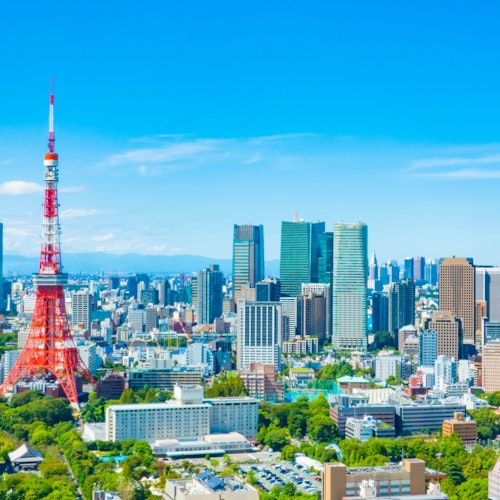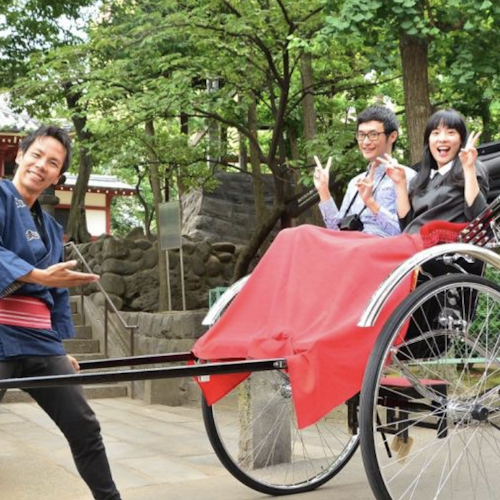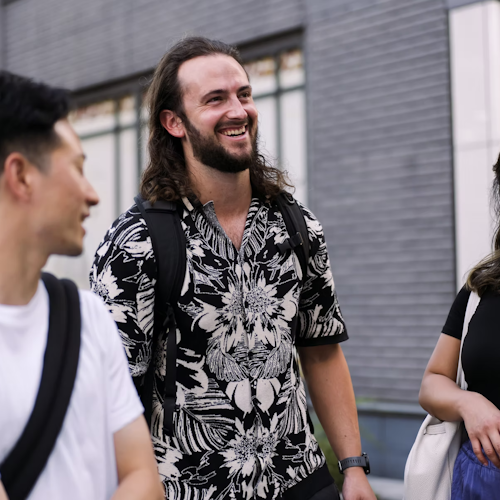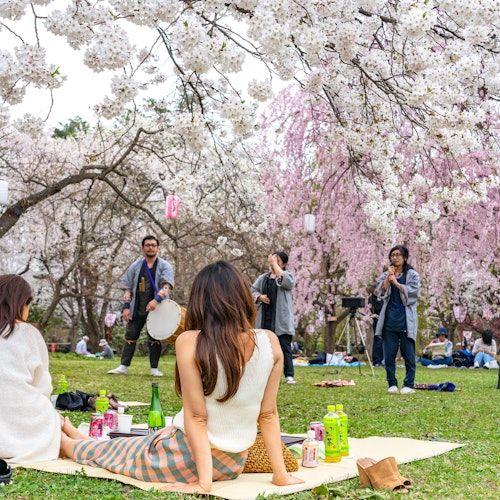
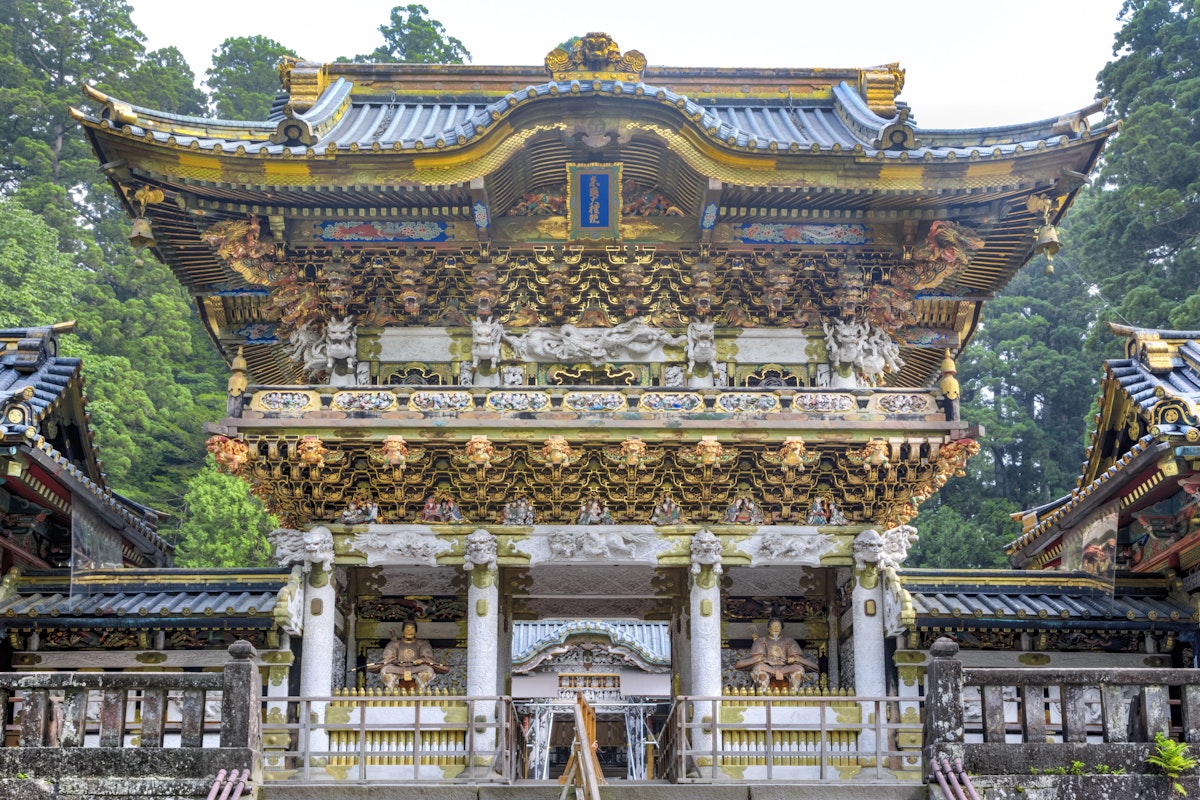
Located in the peaceful city of Nikko, known for its historical and spiritual importance, you'll find the Nikko Toshogu Shrine. This stunning shrine attracts millions of visitors each year. It's not just a place to pray; it's also surrounded by the natural beauty of the Tochigi Prefecture and tells the story of Japan's rich history.
The shrine, Nikko Toshogu, has a rich history that traces back to the Edo period in Japan. It was erected in 1617 as a testament to the revered Tokugawa Ieyasu, the visionary leader who founded the Tokugawa shogunate, an era of remarkable influence lasting over 250 years until 1868.
The shrine underwent significant expansion in the hands of the third Tokugawa shogun, transforming into a genuinely magnificent complex that still captivates visitors. Nikko Toshogu and several other nearby structures received well-deserved recognition in 1999 when it was declared a UNESCO World Heritage Site.
This prestigious designation showcases the shrine's profound historical and cultural significance, solidifying its place as an invaluable gem in Japan's cultural landscape.

The adventure begins at the magnificent stone torii gate, a grand entrance that welcomes visitors to this sacred place. Standing tall and imposing, it serves as a symbol of the wonders that lie ahead.
As you pass through the gate, you can't help but feel a sense of awe and anticipation, knowing that you are about to embark on a journey filled with marvels and mysteries. This torii gate is just one of several within the shrine complex, but its sheer presence and intricate design make it truly remarkable.
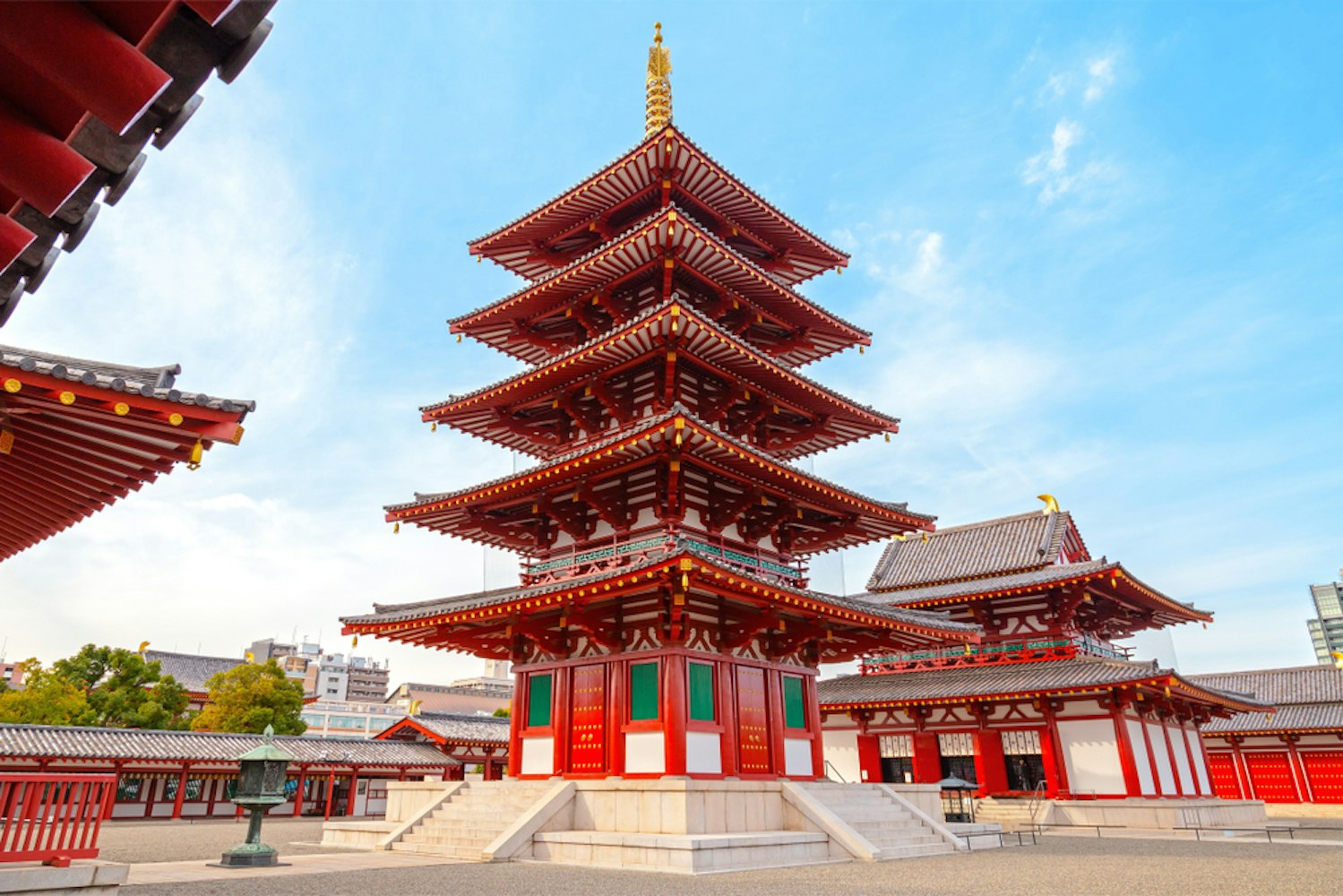
Just beyond the gate stands the magnificent Five-Story Pagoda, a true marvel of traditional Japanese architecture. This awe-inspiring structure, originally built in 1650, symbolizes cultural heritage and spiritual significance for centuries.
As you approach, you can't help but be captivated by the intricate carvings that adorn its exterior, telling stories of ancient legends and traditions. Each vibrant color in its design represents a deeper meaning, reflecting the harmony and balance within Japanese culture.
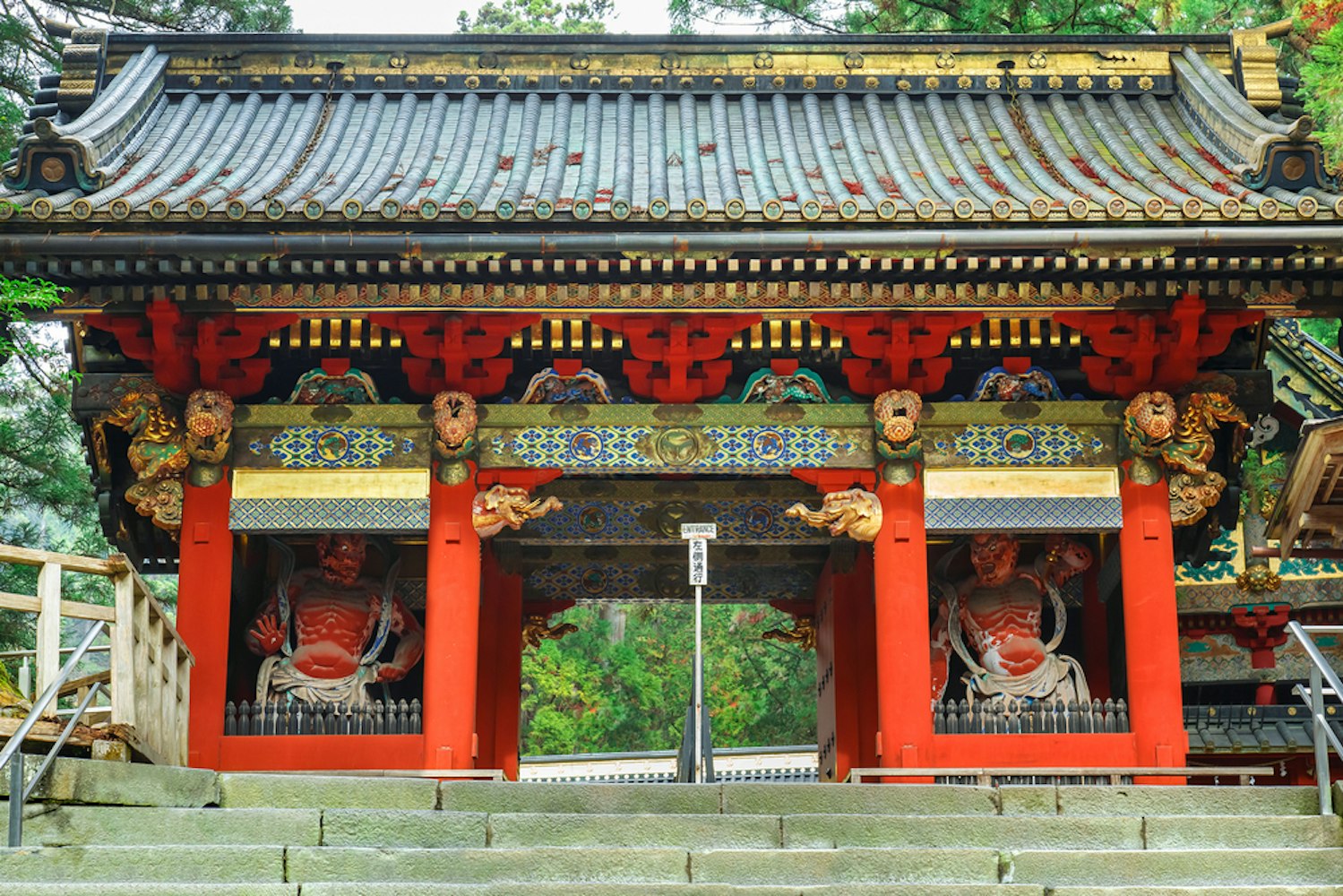
Also known as the front gate, the Omotemon, or Nio gate, stands tall and majestic, commanding attention with its imposing presence. This iconic gate is guarded by two fierce-looking yet protective deity statues, symbolizing cultural significance and historical grandeur.
Adorned with elaborate wood carvings, including the renowned "crying dragon," the gate is a true masterpiece showcasing its creators' incredible craftsmanship and artistic prowess. Its intricate details and designs tell a story of the rich heritage and traditions that have shaped its existence, making it a cherished national treasures that continues to captivate and inspire visitors worldwide.
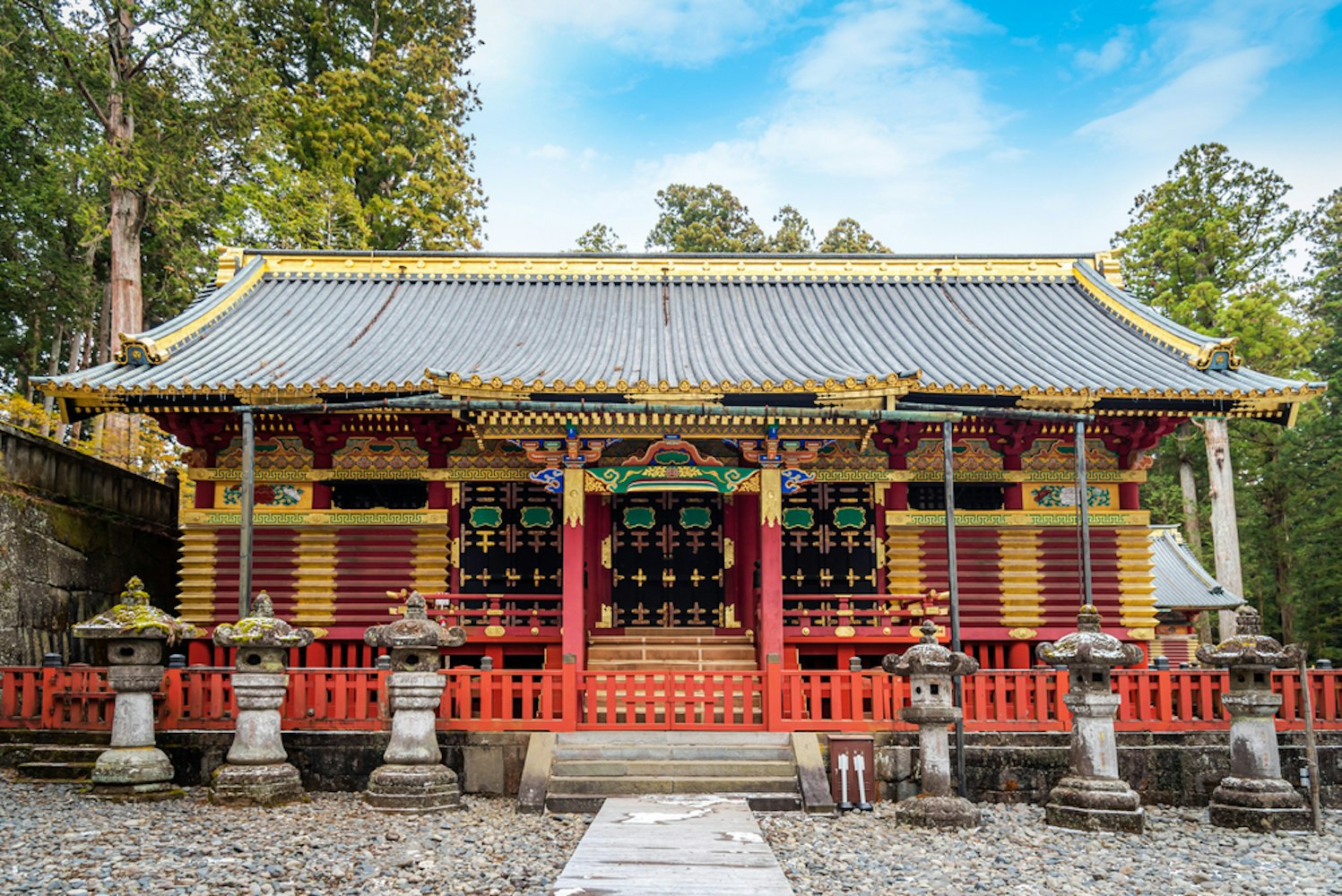
These storehouses are adorned with exquisite decorations, showcasing the functional essence of the shrine. They house ceremonial items and portable shrines that come alive during Toshogu's magnificent spring and autumn festivals.
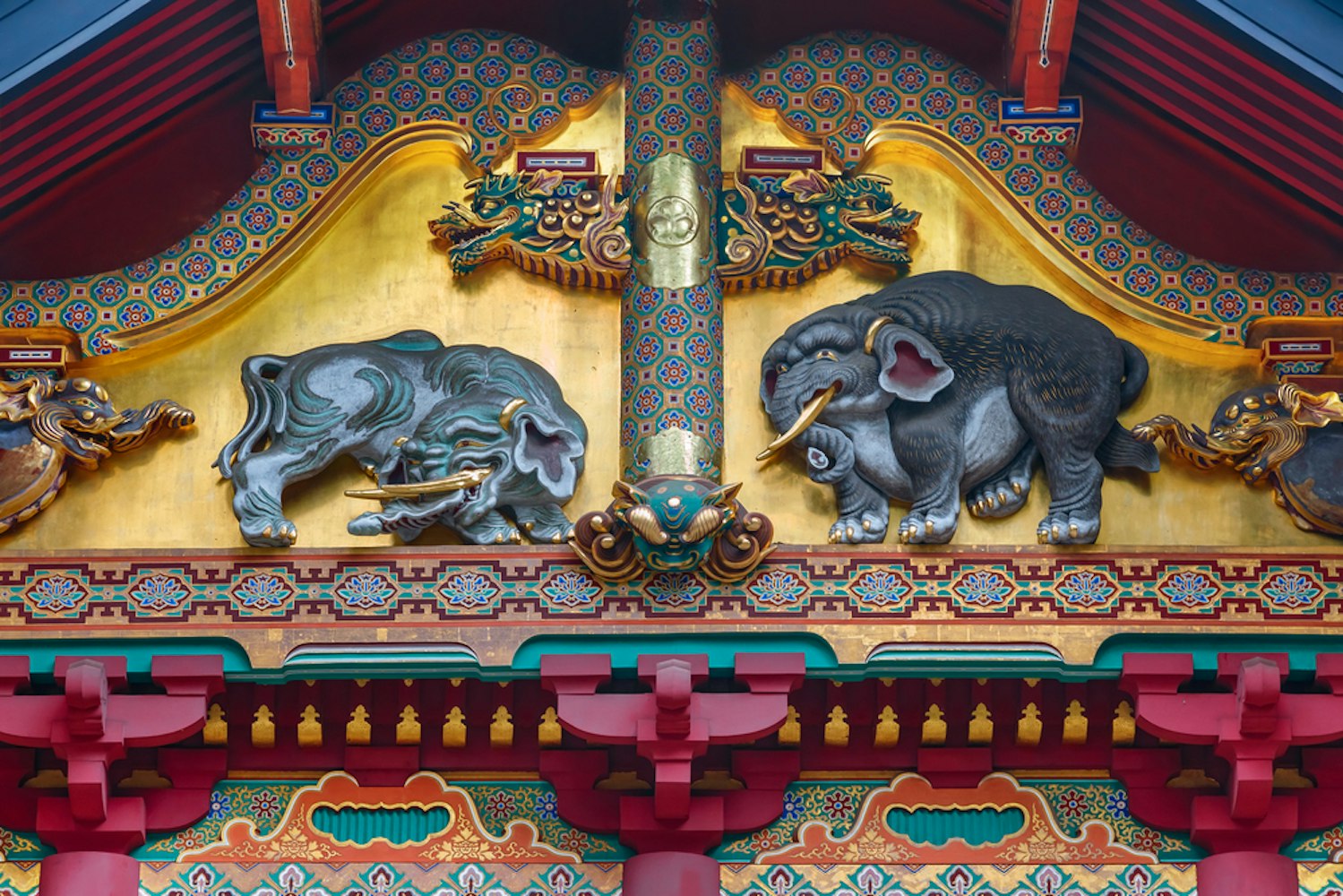
Perhaps one of the most endearing features of the shrine is the "imagined elephants," whimsical carvings created by a talented artist who had never laid eyes upon real elephants. With childlike wonder and vivid imagination, the artist brought these magical creatures to life, infusing them with intricate details such as gracefully curved trunks, intricately patterned ears, and delicately carved tusks.
Each imagined elephant carries a unique personality, capturing the hearts of visitors with their comical antics and irresistible charm. These enchanting beings have remained a beloved attraction for centuries, captivating the imagination of all who encounter them.

The home of the shrine's sacred horse is adorned with a renowned carving of the "three monkeys," symbolizing the timeless proverbial principle of "see no evil, hear no evil, speak no evil." This captivating artwork, crafted with intricate precision, is a powerful reminder to avoid negative influences and practice virtuous behavior in all aspects of life.
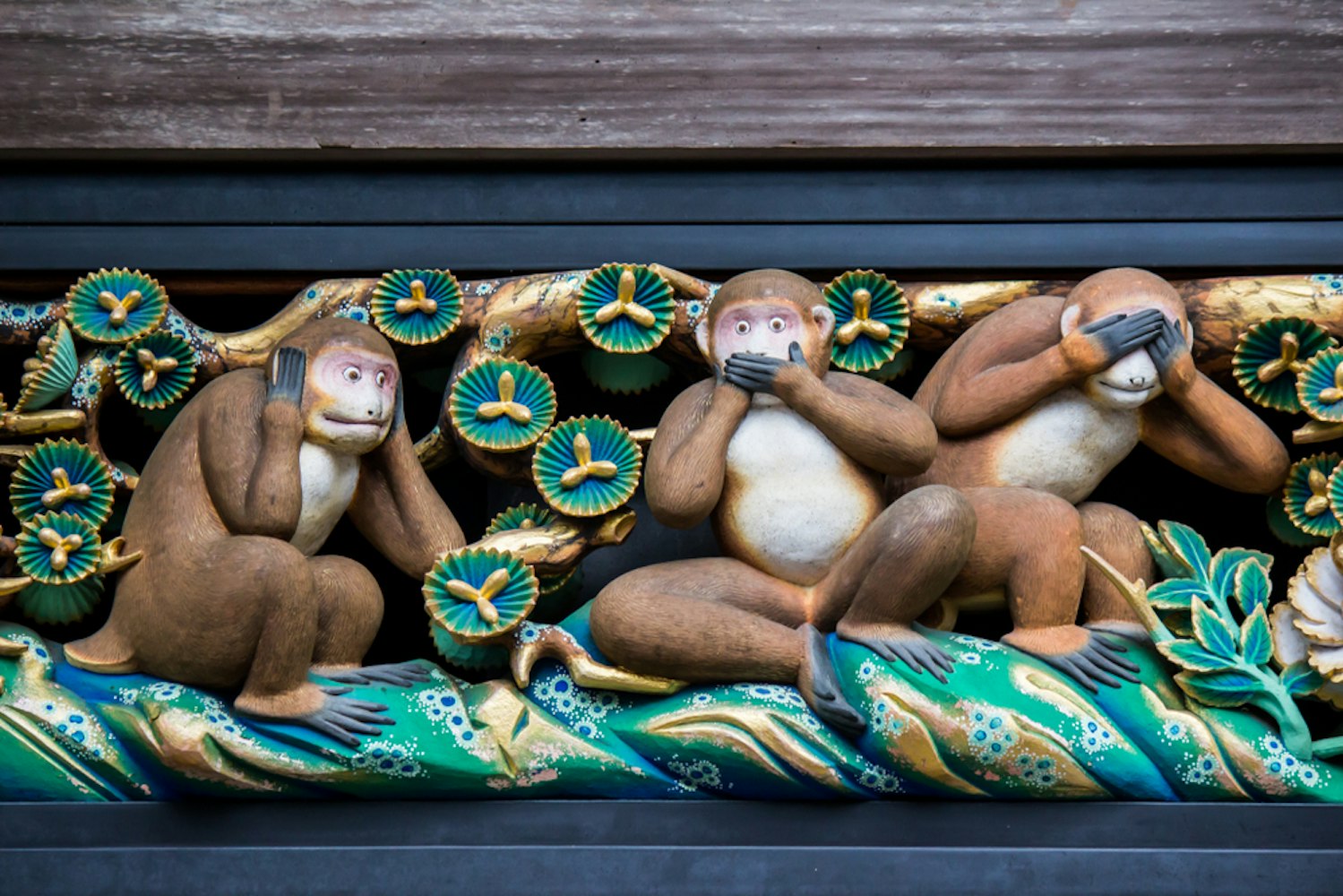
The carvings of the three monkeys on the Sacred Stable are a timeless and revered representation of life's profound teachings. Depicting the stages of human existence, these meticulously crafted carvings capture the essence of wisdom, innocence, and experience.
As visitors gaze upon these intricate works of art, they are transported to a realm where the complexities of life intertwine with the simplicity of universal truths.
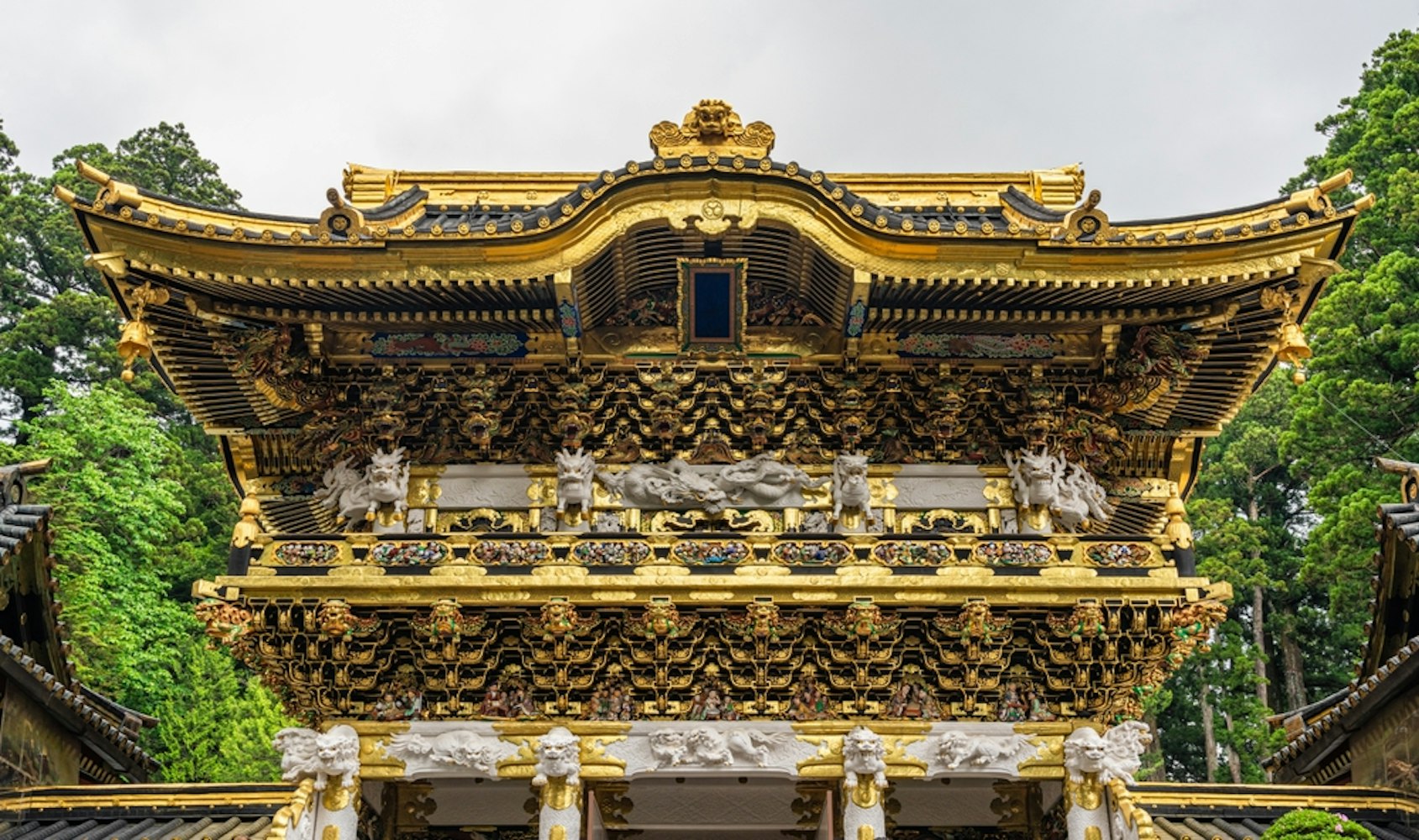
The Yomeimon Gate, located in Nikko, Japan, is an architectural masterpiece that always amazes visitors. This magnificent structure is adorned with intricate carvings and embellished with gold leaf, showcasing the unparalleled craftsmanship of the Edo period.
The Yomeimon Gate, often hailed as the "Gate of Sunlight," exudes a radiant, awe-inspiring beauty, leaving a lasting impression on all who behold its grandeur.
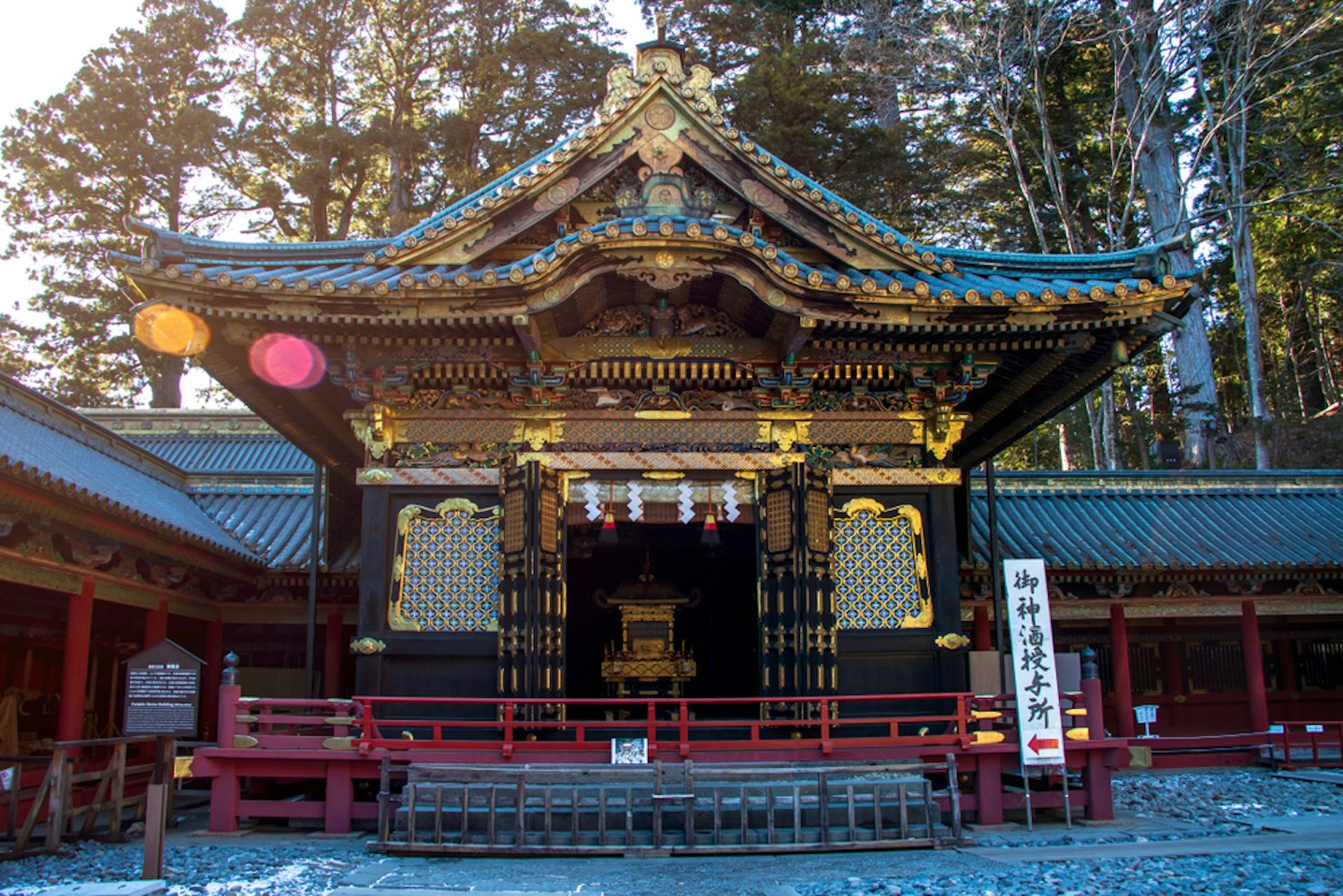
In this magnificent display, three exquisite, portable shrines, meticulously crafted from the finest wood adorned with layers of intricate lacquer and delicate gold leaf, are showcased here. These masterpieces embody the period's luxury, artistry, and grandeur, serving as a testament to the time's rich cultural heritage and craftsmanship.
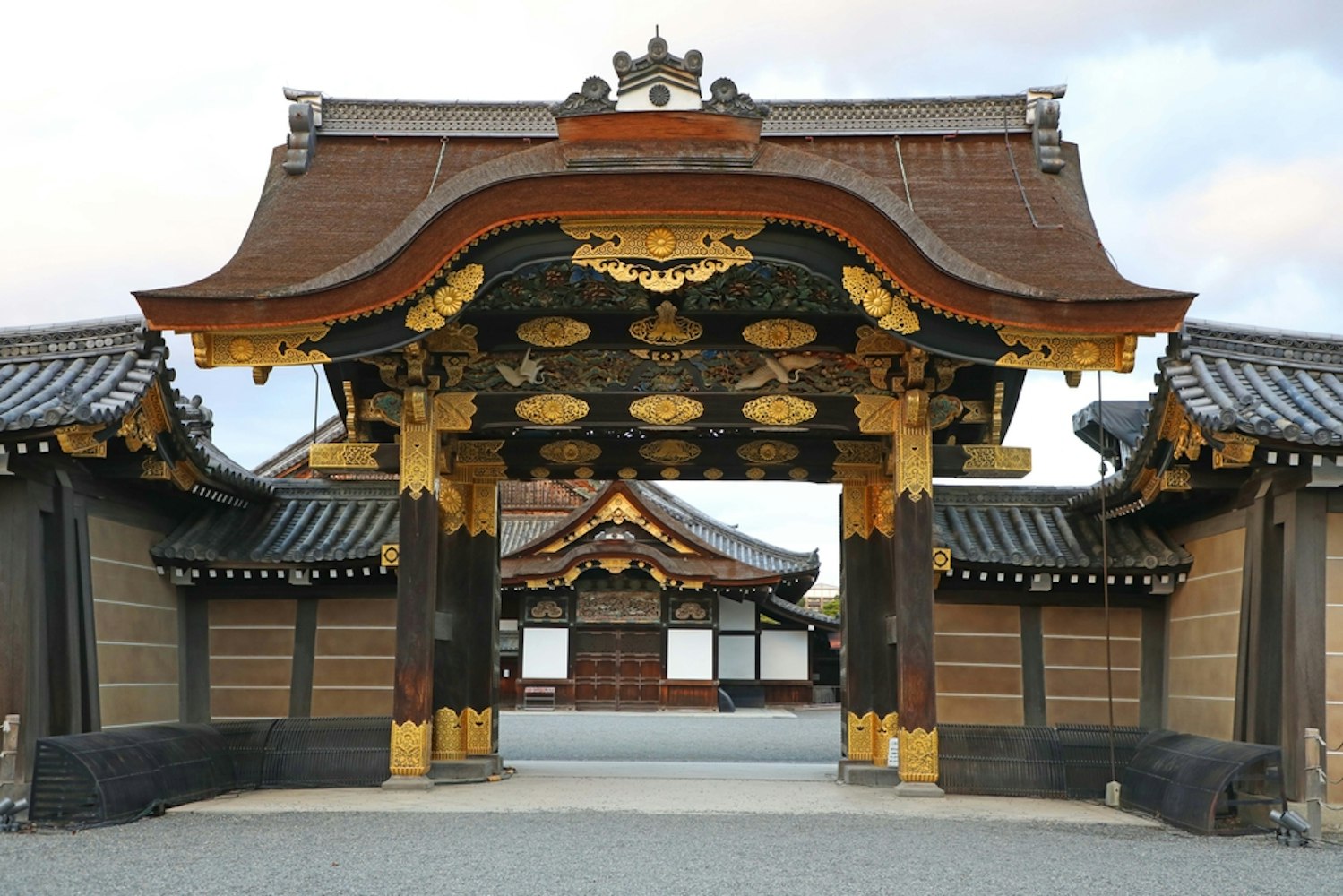
The Karamon, the Chinese-style gate, gracefully welcomes visitors into the main shrine. Standing tall and magnificent, this splendid structure is adorned with intricate carvings depicting a mesmerizing array of birds, delicate flowers, and majestic traditional Chinese lions.
This architectural masterpiece captures the essence of beauty and craftsmanship with every meticulous detail.
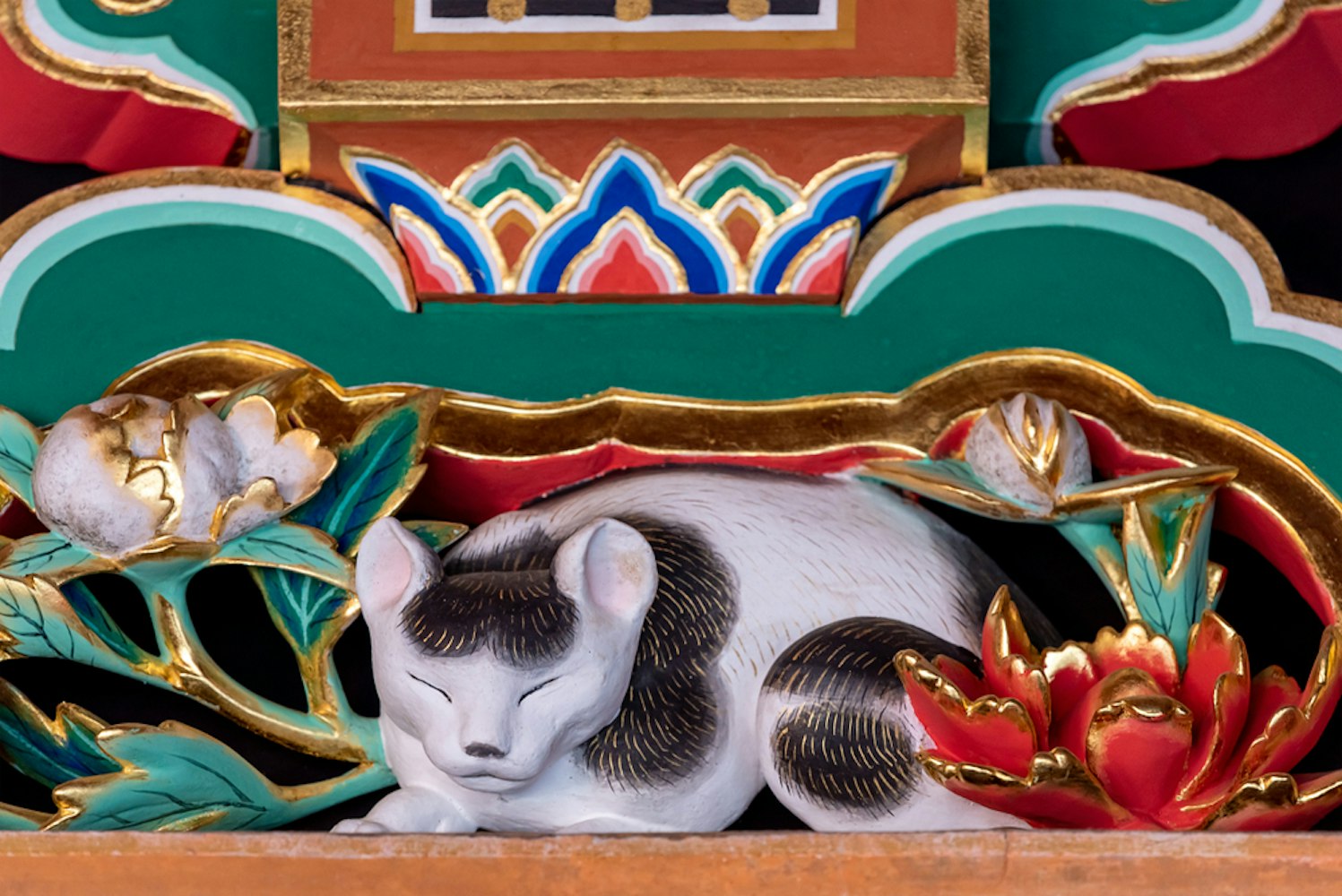
One of the most celebrated carvings in Japanese art history is the Nemurineko, or the sleeping cat, meticulously crafted by the legendary artist Hidari Jingoro. This exquisite masterpiece, delicately carved from a single piece of wood, is believed to symbolize peace and serene harmony within the shrine's sacred grounds.
As the legend goes, the Nemurineko's tranquil presence is so powerful that not even a mouse would dare disturb its blissful slumber, further amplifying the tranquility that permeates the shrine's surroundings.
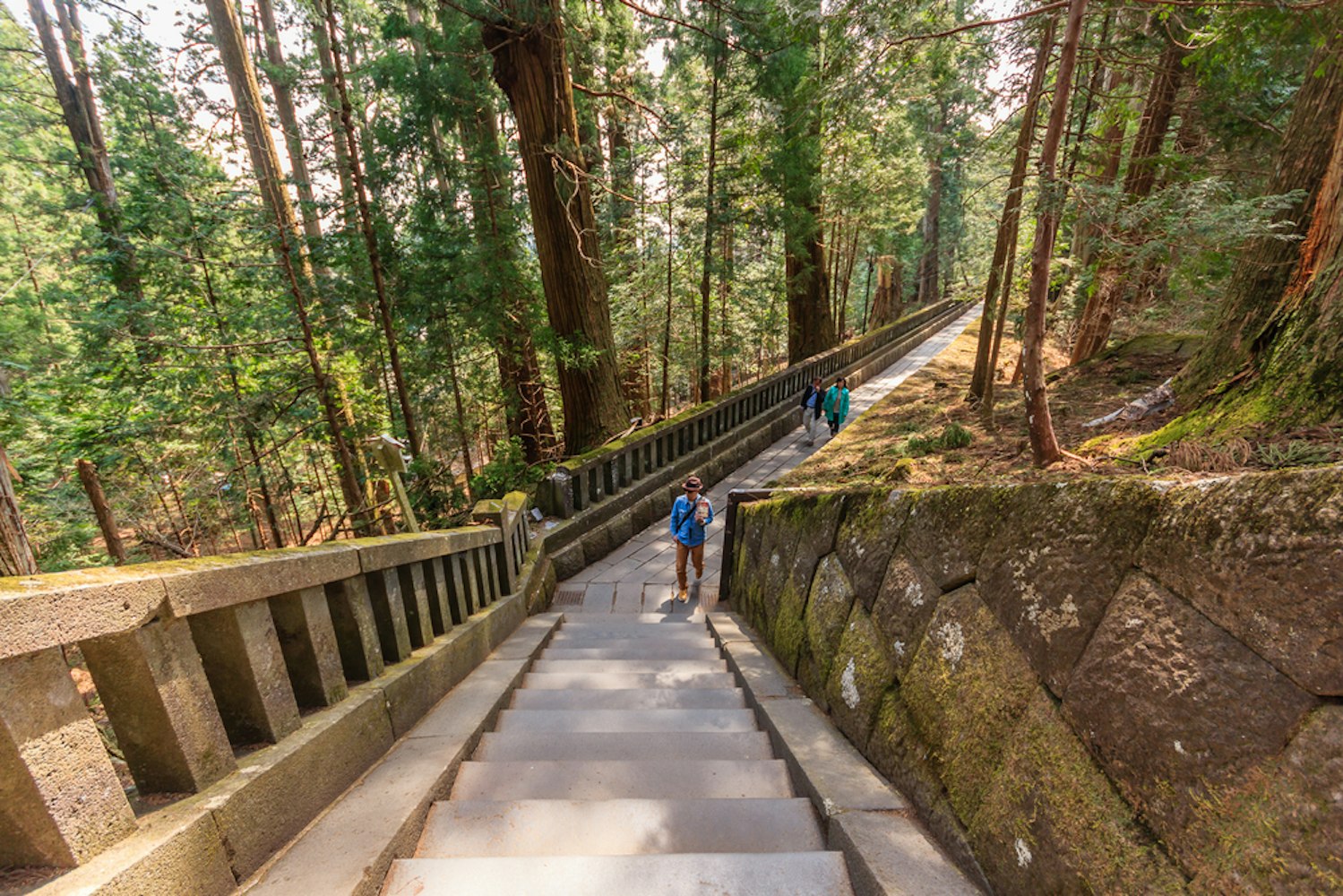
A climb up these ancient steps takes pilgrims on a sacred journey to the hallowed inner shrine, where the revered Tokugawa Ieyasu finds his eternal rest. As one ascends, a profound sense of tranquility washes over, creating a stark contrast with the luxury that awaits in the lower precincts.
The air is filled with reverence and the whispers of history, making this pilgrimage a genuinely transformative experience.

The mausoleum of Tokugawa Ieyasu, the founder of the Tokugawa shogunate, is a relatively austere structure designed with simplicity and humility in mind. Its architectural style starkly contrasts the opulence and grandeur of the surrounding buildings, emphasizing a sense of solemnity and reverence.
The serene atmosphere of the mausoleum encourages visitors to pause and reflect, allowing for moments of introspection and contemplation amidst the historical significance of this sacred site.
You'll find the awe-inspiring shrine only a couple of hours away from the bustling metropolis of Tokyo, nestled in the serene and verdant Nikko National Park. This enchanting place is renowned for its breathtaking scenic landscapes, where lush greenery and majestic mountains create a picturesque backdrop.
Nikko is well-serviced by public transportation, and getting to its World Heritage sites is easy.
From Nikko Station or Tobu Nikko Station, the World Heritage tour bus stops at Nikko's UNESCO sites, including the Nikko Toshogu Shrine. The ride takes about 15 minutes.
If time allows, the walk from Nikko Station takes about 45 minutes and allows one to enter the World Heritage site from Shinkyo Bridge, sacred Nikko's traditional gateway.
Opening Hours
The shrine opens at 8:00 AM and closes at 5:00 PM (entry until 4:30 PM) from April to October and until 4:00 PM (entry until 3:30 PM) from November to March.
Admission
Entrance to the Nikko Toshogu Shrine requires a fee of 1,300 yen for adults and 450 yen for children. For those keen on delving deeper into history, the Nikko Toshogu Museum offers a wealth of artifacts and detailed explanations, with a separate admission fee of 800 yen for adults and 400 yen for children.
For the ease of visitors, there are numerous maps and signposts around Tobu Nikko Station. The World Heritage Sightseeing Bus is also available, which connects the shrine with other significant attractions in Nikko.
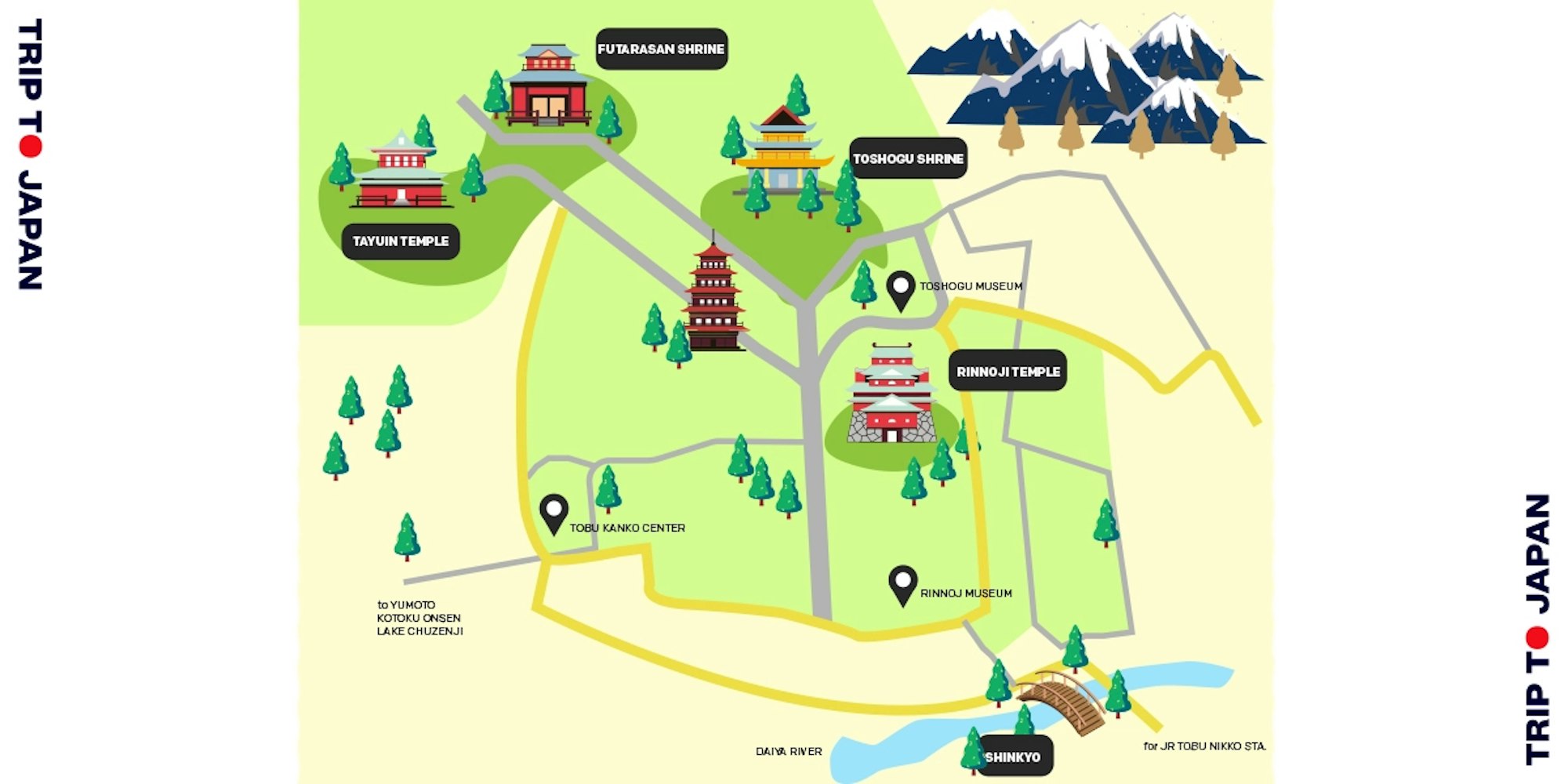
Taking a moment to plan your route will ensure a seamless journey through this historical masterpiece.
Nikko's Toshogu Shrine is more than just an architectural wonder; it's a journey through Japan's rich history, a testament to its craftsmanship, and a serene retreat into nature. Whether you're a history buff, an architecture enthusiast, or someone looking to experience a slice of Japanese culture, Toshogu offers a unique and unforgettable experience.
As you stand amidst the lavishly decorated structures, you'll be reminded of the sheer dedication and passion of those who built and continue to maintain it.
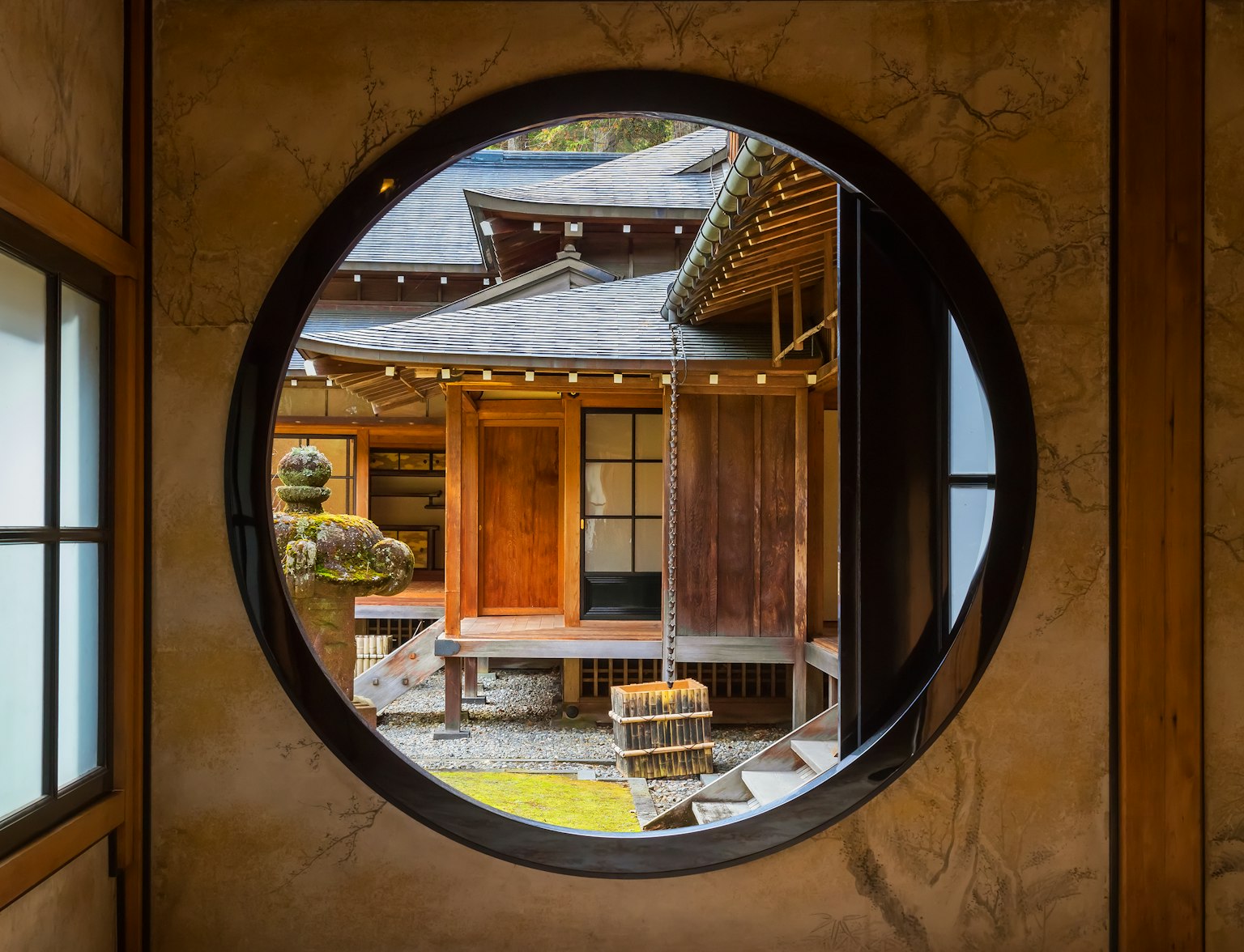
Visit this UNESCO World Heritage Site in Nikko with this tour.
